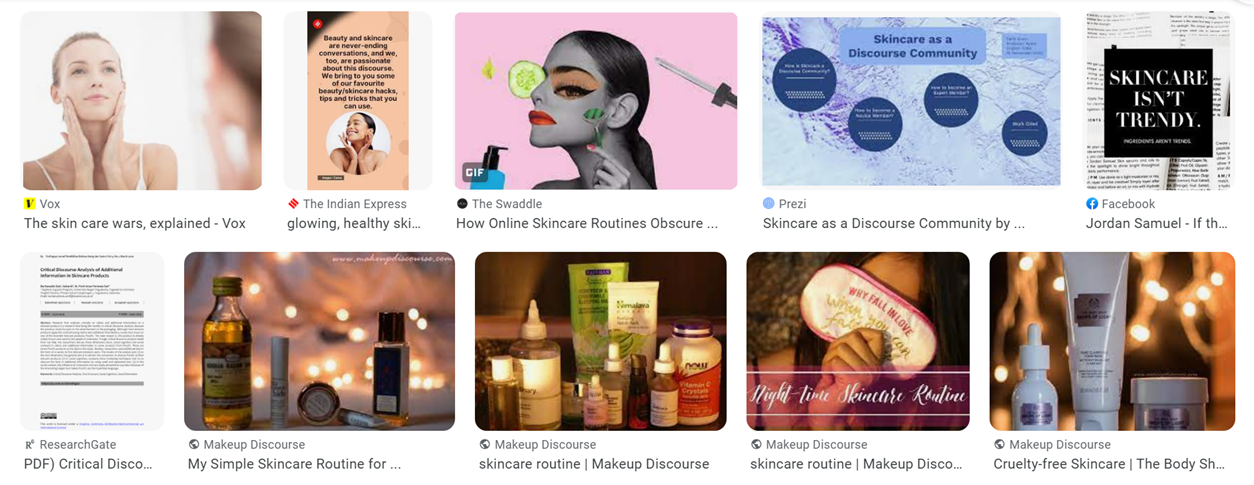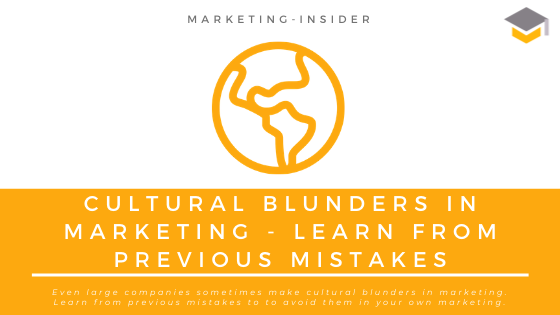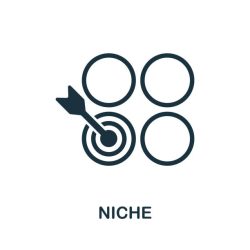If you answered TG First, you are in good company. 95% of marketers are conditioned into the viewpoint that good consumer insight starts with the TG first.
We are presenting an alternative viewpoint. For us as Semioticians, culture first means reading cultural discourse first. Our experience over 10 years tells us that, reading cultural discourse ahead of talking to the consumer, will help marketers immeasurably, in getting richer insight from their consumer conversations.

According to Semiotics, consumers’ minds aren’t a clean slate. They already have within them, socially constructed and learnt, pre-existing thoughts and beliefs before they get in contact with the brand’s products or services. Discourses that they are exposed to are one of the key ways in which their thought process is built.
Discourse is a system of thought and knowledge that is communicated through language, which constructs our experience of the world and helps us make meaning from our experiences. In marketing discourse, packaging, advertising, branded content all provide consumers with the visual signs, cultural symbols and vocabulary with which to interpret the world of brands, products and services. Cultural discourse is broader than marketing discourse and includes all types of popular culture content.

Initiating a study of culture-category discourse before deep diving into consumer conversations helps marketers and advertisers understand the context from which the consumer is operating and sharing a response. Reading discourse of various kinds (culture, category, packaging, visual language etc) can give a lot of insight into what the mindset and viewpoints of consumers could be. These can then be discussed with consumers for a more complete/holistic consumer understanding.

By knowing the culture-category discourse, brand managers can better gauge if consumers are making realistic claims and sharing what they actually think about a certain topic in consumer research settings.
This in turn, will help them form more accurate judgments and anticipations of consumer response, to their initiatives in the market – be it new products and services, pricing changes or communication campaigns. Reading cultural and category discourse helps marketers decode consumers’ mindsets, beyond what they say.
Our experience shows that creating concepts, packaging, communication using the Culture First approach to consumer insight gives results that are very effective in the market. The challenge of creating content/communication/packs that are relevant, distinctive and also meaningful is more effectively addressed with a Culture First approach to the TG.
Here is a long list of likely benefits of practising a Culture-First approach, beyond holistic consumer understanding:
Enhanced Relevance and Connection with the TG:
Understanding cultural codes allows advertisers and marketers to create campaigns that are culturally relevant and relatable to the target audience. When a brand aligns its messaging with the cultural values, beliefs, and norms of its consumers, it establishes a genuine connection with them. This connection leads to increased trust and loyalty, as consumers feel understood and valued by the brand.

Effective Communication:
Cultural discourse provides insights into the language, symbols, and references that are familiar to the target audience. By incorporating these elements into their marketing communications, advertisers can ensure that their message is easily understood and resonates with the consumers on a deeper level. Effective communication increases the chances of the message being remembered and positively influencing consumer behavior.

Avoiding Cultural Missteps:
Cultural misunderstandings can have significant negative consequences for a brand. Without a thorough understanding of the cultural context, an advertisement may inadvertently offend or alienate the target audience. Cultural discourse helps marketers identify potential pitfalls and ensures that their campaigns are culturally sensitive and respectful.

Identifying Niche Opportunities:
Cultural discourse not only provides insights into the mainstream cultural context but also helps identify niche opportunities within subcultures or emerging cultural trends. Brands that can tap into these niches effectively can gain a competitive advantage and attract a devoted following of consumers who feel that the brand truly understands and represents their values and interests.
Building Cultural Capital with consumers:
Brands that engage in cultural discourse and demonstrate cultural awareness gain cultural capital. Cultural capital refers to the social value a brand earns by being seen as culturally relevant, sensitive, and progressive. Consumers increasingly seek brands that align with their values, and those that demonstrate cultural fluency can enjoy long-term success and positive brand associations.

Fostering Innovation:
Cultural discourse often involves an exploration of societal trends, values, and emerging cultural shifts. By staying attuned to cultural changes, advertisers and marketers can identify new opportunities for innovation and adapt their strategies to meet evolving consumer needs and desires. This agility in responding to cultural changes can keep a brand fresh and relevant in a fast-paced market.

Encouraging Diversity and Inclusivity:
Incorporating cultural discourse into advertising and marketing efforts promotes diversity and inclusivity. By understanding and acknowledging the diverse cultural backgrounds of their audience, brands can create campaigns that celebrate and embrace this diversity. This approach fosters an inclusive brand image that resonates with a broader audience and demonstrates the brand’s commitment to social responsibility.
If you aren’t clocking 100+ hours in a year talking first hand to consumers across the length & breadth of the country and you are always trying to second-guess how your consumer is likely to respond to your initiatives, the Culture First approach is definitely meant for you.
With so many benefits of adopting a Culture First approach to consumer insight, we hope you are now convinced enough to try it out for yourself. To know more about reading and decoding discourse, click here and download a useful infographic to refer to.
